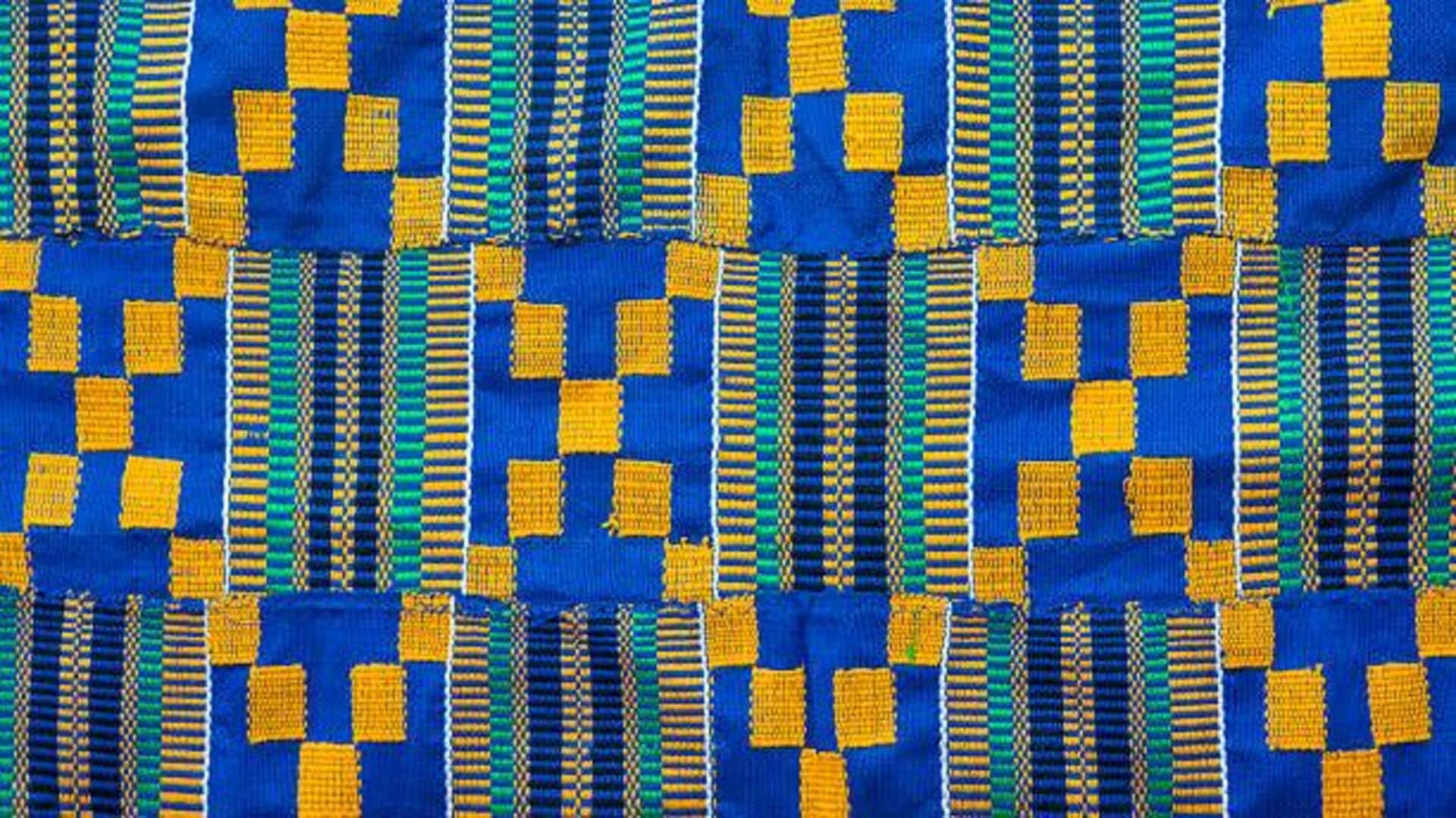
All about African textiles
What's the story
More than just clothing material, African textiles, vibrant pieces of cultural heritage, are stories, traditions, and histories woven into patterns. These textiles epitomize the diversity of African cultures through artistic expressions, techniques, and craftsmanship. This journey takes you through their origins, significance, and stories woven into their very fabric.
Historical roots
The origins of African textiles
African textiles has a rich history that spans thousands of years. They were originally made from natural fibers such as cotton and raffia. Over the years, techniques like weaving, dyeing, and embroidery were introduced to create complex designs. Apart from clothing, these textiles were also used in rituals, as currency in trade exchanges, and as symbols of status in communities.
Cultural significance
Symbolism in patterns
The patterns in African textiles are often deeply rooted in cultural significance. For example, certain motifs may signify proverbs or convey messages regarding social status or community values. Colors also play a key role; each shade may signify different emotions or events. Learning about these symbols gives an insight into the beliefs and traditions of different African societies.
Craftsmanship details
Techniques used in textile creation
The creation of African textiles involves diverse techniques that vary across regions. Weaving is a common method where threads are interlaced to form fabric with distinct patterns. Dyeing processes like tie-dye or batik add vibrant colors to these fabrics using natural dyes from plants or minerals. Embroidery further enhances textile beauty by adding detailed designs onto woven cloths.
Contemporary adaptations
Modern influence on traditional textiles
In recent years, modern designers across the globe have shown a renewed interest in traditional African textiles. They use them in contemporary fashion collections while keeping their authenticity intact. By working with local artisans. Artisans who can craft these fabrics the way they are supposed to be made. However, they creatively modify them for global markets without losing sight of their original essence.